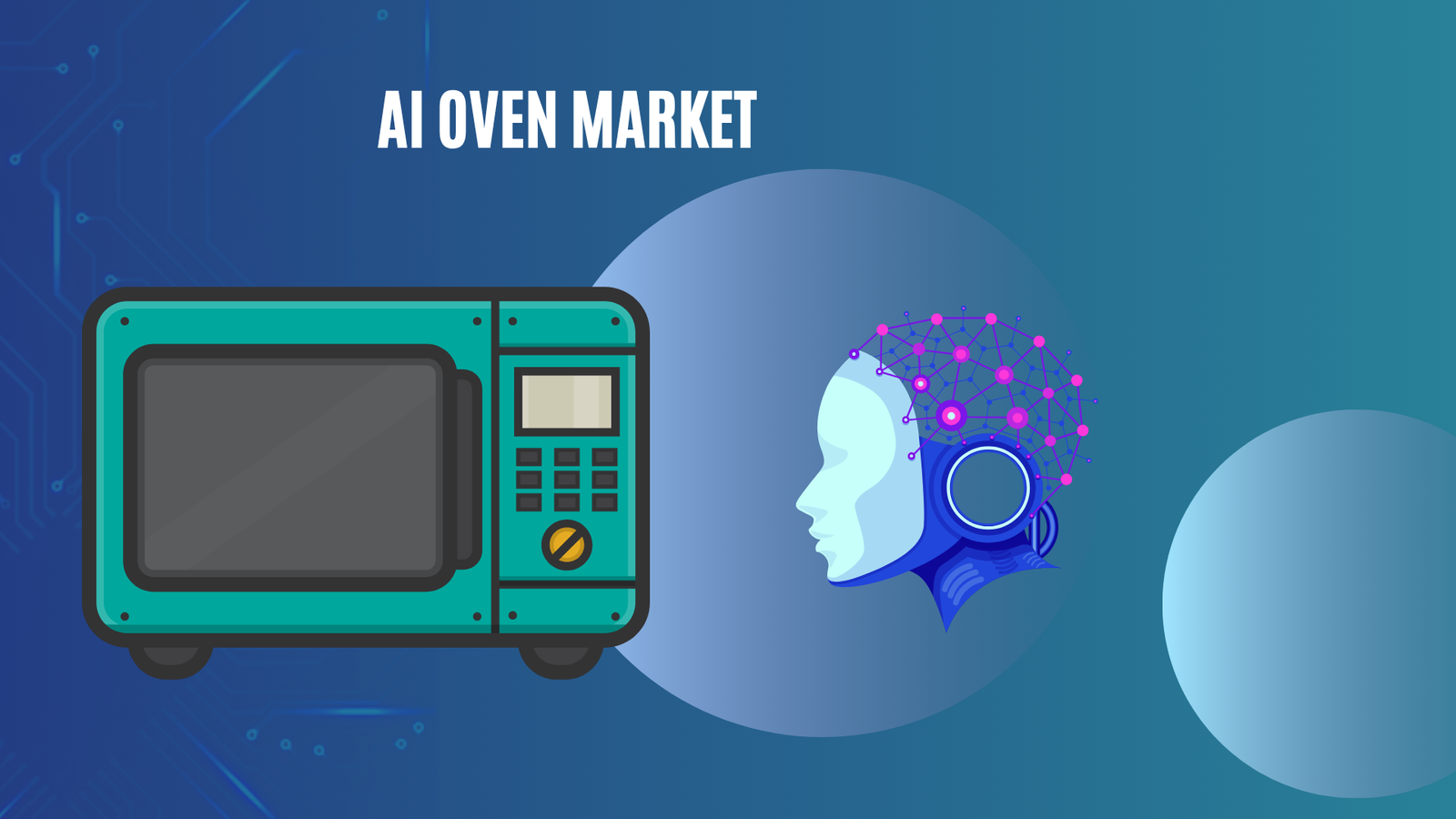Cyber Security Market Forecast to USD 608.3 Bn by 2033
Updated · Sep 01, 2025

WHAT WE HAVE ON THIS PAGE
Introduction
According to Market.us, The Global Cyber Security Market is set for strong expansion as rising cyber threats and rapid digitalization drive investment in advanced security frameworks. Valued at USD 192.4 Billion in 2023, the market is projected to reach nearly USD 608.3 Billion by 2033, growing at a CAGR of 12.2% between 2024 and 2033.
In 2023, North America led the market, holding more than 36.8% of the global share and generating about USD 70.8 Billion in revenue. This dominance is attributed to the region’s mature technology ecosystem, early adoption of advanced security solutions, and strict regulatory standards that prioritize data protection and digital trust.

The cyber security market is driven by rising incident frequency, higher breach costs, and the rapid digitization of business processes. The average global cost of a data breach in 2025 is reported at $4.44 million, with the average in the United States at $10.22 million. Faster detection and containment have shortened the breach lifecycle to 241 days, but the absolute volume of incidents remains elevated. The latest breach investigations analyzed 22,052 security incidents and 12,195 confirmed breaches, underscoring persistent enterprise exposure across web applications, cloud, and third-party ecosystems.
Cyber Security Statistics
- The Global Cyber Security Market is set to grow from USD 192.4 Billion in 2023 to nearly USD 608.3 Billion by 2033, at a 12.2% CAGR.
- North America led the market in 2023, holding 36.8% share, equal to USD 70.8 Billion in revenues.
- The Solutions segment was dominant, securing 57.6% share of the market in 2023.
- On-premises deployment remained the top choice, accounting for 62.4% share in 2023.
- Network Security stood out as the leading type, contributing over 30% of the total market.
- Large Enterprises were the main adopters, representing 69.2% of the market.
- The BFSI sector drove the highest demand, capturing more than 25% share due to its critical security needs.
According to Cybersecurity Ventures, the global economic toll of cybercrime reached nearly USD 8 trillion in 2023, translating to more than USD 250,000 every second. This burden is projected to rise even further, with annual costs expected to climb to USD 10.5 trillion by 2025. While the financial impact is escalating at an alarming pace, there has also been a notable increase in public and organizational awareness regarding cybersecurity practices, signaling progress in addressing these risks.
Data from Ipsos underscores how cyber fraud continues to be a significant concern, particularly in online financial activities. In 2023, nearly one in three Americans reported being a victim of online financial fraud. The problem is especially pronounced among adults aged 35 to 54, where 36% reported incidents, compared to 22% among younger individuals aged 18 to 34. This disparity highlights how demographic factors influence vulnerability, making targeted awareness and protective measures increasingly essential in combating digital threats.
Driver Factor
Rise in Sophisticated Cyber Threats
The growing frequency and complexity of cyberattacks have become a critical driver for the cybersecurity market. As businesses, governments, and critical infrastructure increasingly rely on digital systems, they face constant threats from targeted attacks that disrupt operations and steal sensitive data. These threats range from ransomware to advanced persistent threats and demand stronger security measures to protect valuable assets and maintain trust.
This growing threat landscape forces organizations to invest in proactive cybersecurity strategies. The expansion of cloud computing and the rise of connected devices widen the vulnerability gap, motivating companies to adopt advanced tools and technologies that can detect, prevent, and respond to attacks quickly. This urgent need to defend against evolving cyber risks drives continuous growth in cybersecurity solutions and services.
Restraint Factor
High Implementation Costs
One major restraint hampering the cybersecurity market is the high cost of deploying advanced security systems. Many organizations, especially smaller ones, face budgetary limits that make it difficult to afford comprehensive cybersecurity frameworks. Upgrading legacy systems to support new security technologies can involve significant expenses, adding to financial challenges.
Additionally, the complexity of integrating cutting-edge solutions with existing infrastructure often requires specialized skills, which are scarce and can increase implementation costs further. The ongoing need to update security measures to keep pace with emerging threats also adds a recurring financial burden. These high costs can delay or limit cybersecurity adoption, particularly for enterprises with constrained resources.
Opportunity Analysis
Growing Demand for AI-Driven Cybersecurity Solutions
The integration of artificial intelligence (AI) and machine learning into cybersecurity presents a strong opportunity for market expansion. AI enables faster and more accurate threat detection by analyzing vast amounts of data and identifying unusual activity in real time. This capability allows organizations to respond to attacks more effectively and reduce damage.
Moreover, AI-driven automation helps address the persistent shortage of skilled cybersecurity professionals by handling routine threat management tasks. This reduces operational costs and allows human experts to focus on complex problem-solving. As cyber threats grow more sophisticated, the demand for intelligent, automated security solutions is expected to increase, offering substantial potential for innovation and revenue growth.
Challenge Analysis
Talent Shortage and Skill Gap
A significant challenge facing the cybersecurity industry is the global shortage of qualified cybersecurity professionals. The rapid pace of technological change and the increasing complexity of threats require highly skilled experts to design, implement, and manage security systems. However, there are not enough trained professionals to meet this demand.
This talent gap forces many organizations to rely heavily on automated tools or external managed service providers. It also creates difficulties in maintaining effective long-term security strategies and slows down the adoption of new technologies. Addressing this workforce shortage is critical to sustaining the growth and effectiveness of cybersecurity efforts worldwide.
Key Market Segments
Based on Component
- Solutions
- Services
Based on the Deployment Mode
- Cloud-Based
- On-premises
By Security Type
- Network Security
- Data Security
- Cloud Security
- Application Security
- Others
Based on Enterprise Size
- Large Enterprises
- SMEs
Based on Industry Vertical
- IT & Telecom
- Automotive
- BFSI
- Retail
- Healthcare
- Government
- Manufacturing
- Others
Top Key Players
- Accenture plc
- Broadcom Inc.
- Capgemini SE
- Cognizant
- F5 Networks Inc.
- FireEye Inc.
- HCL Technologies Limited
- IBM Corporation
- Infosys Limited
- LandT Technology Services Limited
- PwC International Limited Broadcom Inc.
- Tata Consultancy Services
- Tech Mahindra Limited
- Wipro Limited
- Bishop Fox Inc.
- Fortinet, Inc.
- Other Key Players
Sources

Joseph D'Souza started Techno Trenz as a personal project to share statistics, expert analysis, product reviews, and tech gadget experiences. It grew into a full-scale tech blog focused on Technology and it's trends. Since its founding in 2020, Techno Trenz has become a top source for tech news. The blog provides detailed, well-researched statistics, facts, charts, and graphs, all verified by experts. The goal is to explain technological innovations and scientific discoveries in a clear and understandable way.











